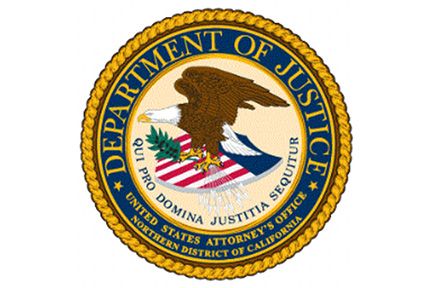WASHINGTON – Today, the Department of Justice announced that it has submitted to the Federal Register the “Frame or Receiver” Final Rule, which modernizes the definition of a firearm. Once implemented, this rule will clarify that parts kits that are readily convertible to firearms are subject to the same regulations as traditional firearms. These regulatory updates will help curb the proliferation of “ghost guns,” which are often assembled from kits, do not contain serial numbers, and are sold without background checks, making them difficult to trace and easy to acquire by criminals.
“One year ago, the Department committed to address the proliferation of ghost guns used in violent crimes,” said Attorney General Merrick B. Garland. “This rule will make it harder for criminals and other prohibited persons to obtain untraceable guns, will help ensure that law enforcement officers can retrieve the information they need to solve crimes, and will help reduce the number of untraceable firearms flooding our communities. I commend all our colleagues at the ATF who have worked tirelessly over the past 12 months to get this important rule finalized, and to do it in a way that respects the rights of law-abiding Americans.”
The rule goes into effect 120 days from the date of publication in the Federal Register, and once implemented, will address the proliferation of these un-serialized firearms in several ways. These include:
- To help keep guns from being sold to convicted felons and other prohibited purchasers, the rule makes clear that retailers must run background checks before selling kits that contain the parts necessary for someone to readily make a gun.
- To help law enforcement trace guns used in a crime, the rule modernizes the definition of frame or receiver, clarifying what must be marked with a serial number – including in easy-to-build firearm kits.
- To help reduce the number of unmarked and hard-to-trace “ghost guns,” the rule establishes requirements for federally licensed firearms dealers and gunsmiths to have a serial number added to 3D printed guns or other un-serialized firearms they take into inventory.
- To better support tracing efforts, the rule requires federal firearms licensees, including gun retailers, to retain records for the length of time they are licensed, thereby expanding records retention beyond the prior requirement of 20 years. Over the past decade, ATF has been unable to trace thousands of firearms – many reportedly used in homicides or other violent crimes – because the records had already been destroyed. These records will continue to belong to, and be maintained by, federal firearms licensees while they are in business.
As the final rule explains, from January 2016 to December 2021, ATF received approximately 45,240 reports of suspected privately made firearms recovered by law enforcement, including in 692 homicide or attempted homicide investigations. The chart below demonstrates the total annual numbers of suspected PMFs recovered by law enforcement over the past six years:
Today’s announcement marks one year since the Attorney General directed the Bureau of Alcohol, Tobacco, Firearms and Explosives (ATF) to issue a proposed rule within 30 days that would address the proliferation of unmarked firearms increasingly being used in crimes. On May 7, 2021, the Department of Justice issued a notice of proposed rulemaking, and during the 90-day open comment period, the ATF received more than 290,000 comments, the highest number of comments submitted to a proposed rule in ATF’s history. Today’s announcement is also the latest in a series of steps the department has taken to address violent crime and gun violence.
The final rule, as submitted to the Federal Register, can be viewed here: https://www.atf.gov/rules-and-regulations/definition-frame-or-receiver
To learn more about the rulemaking process, please see: https://www.federalregister.gov/uploads/2011/01/the_rulemaking_process.pdf

